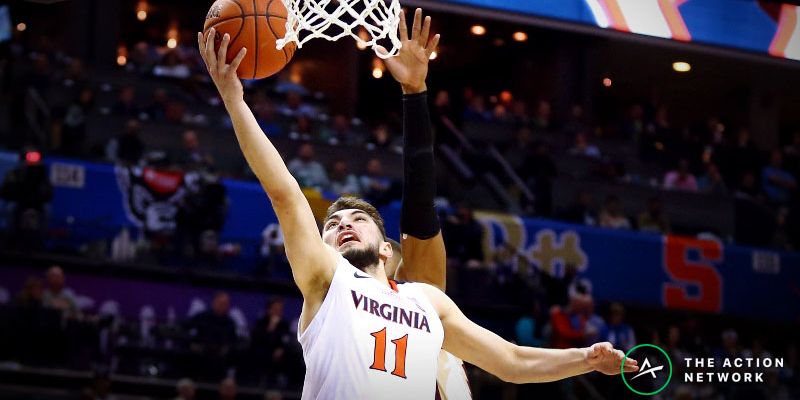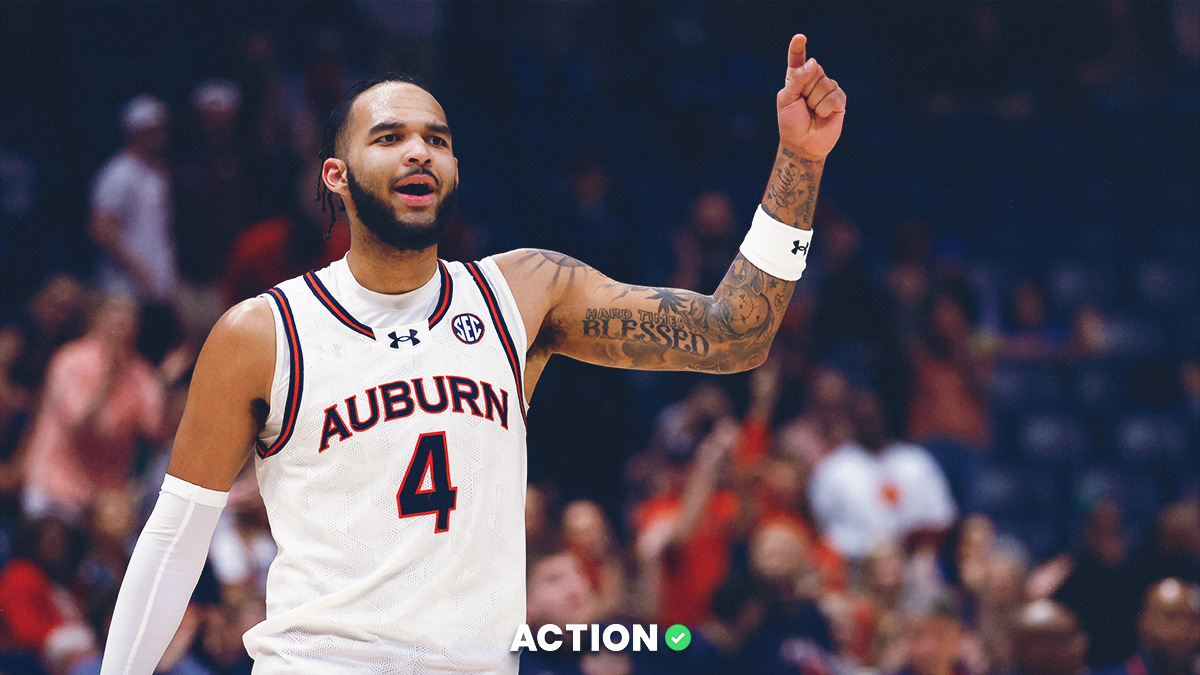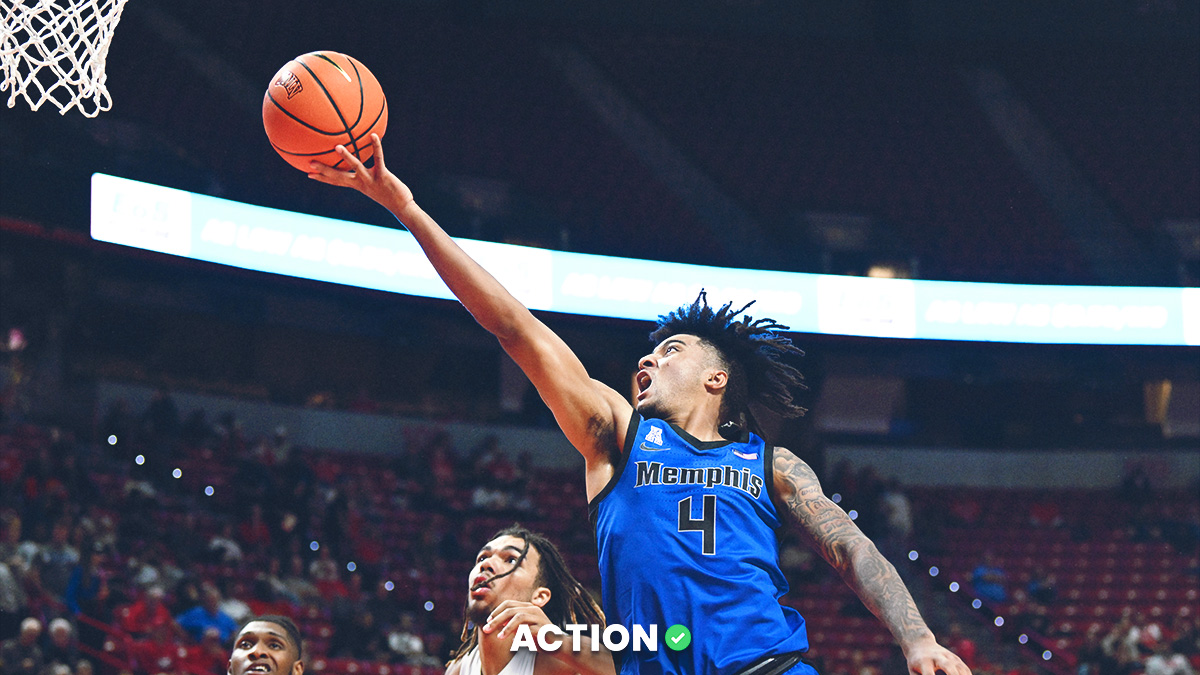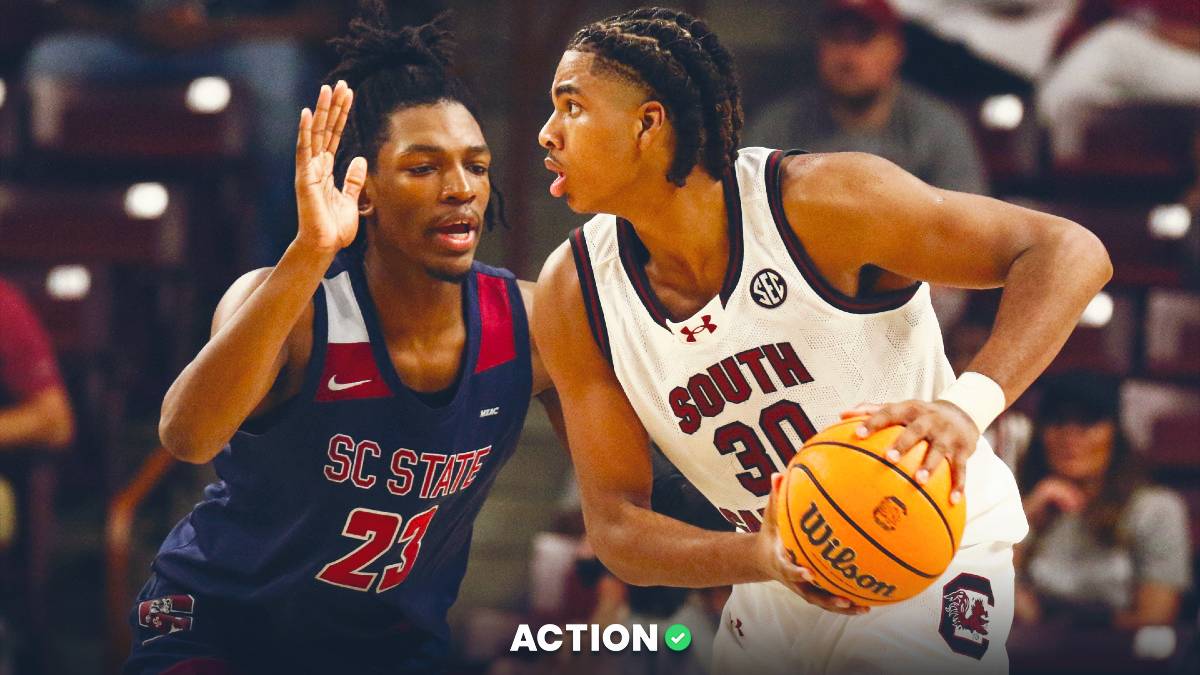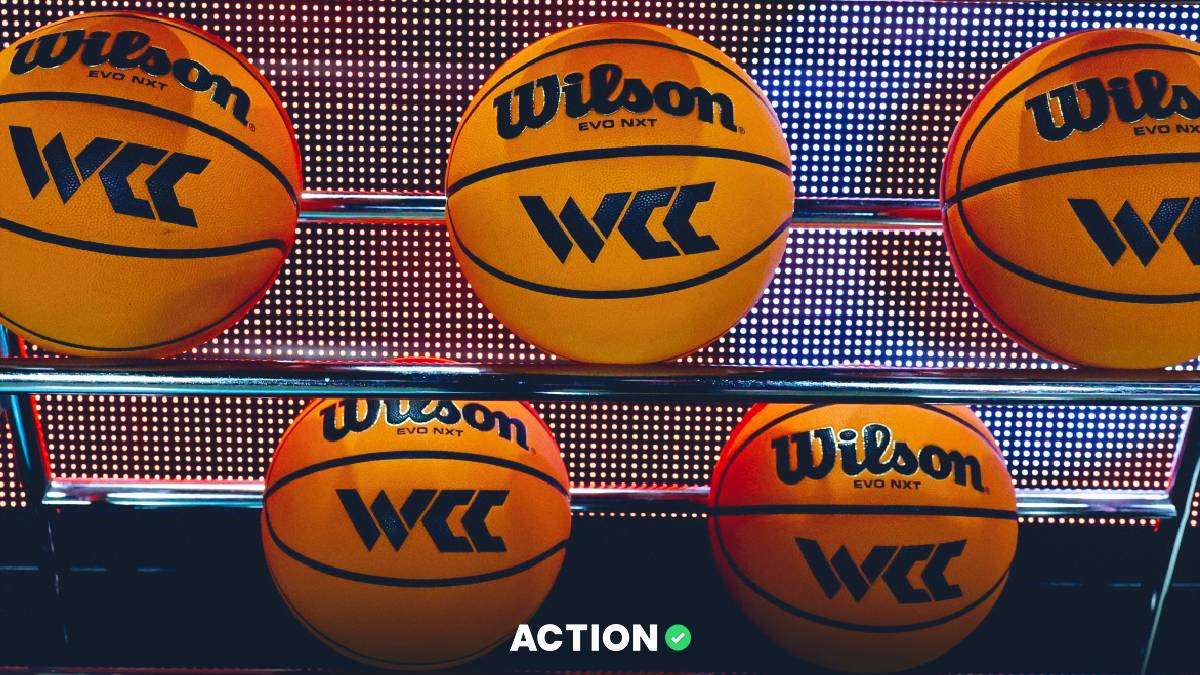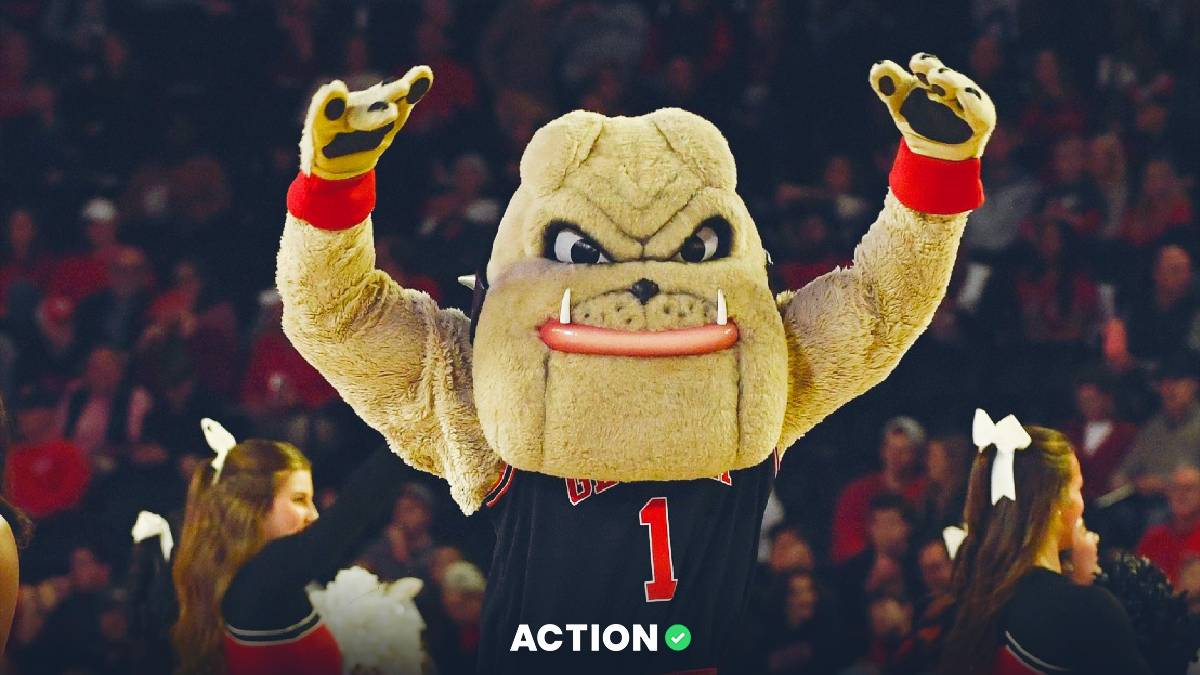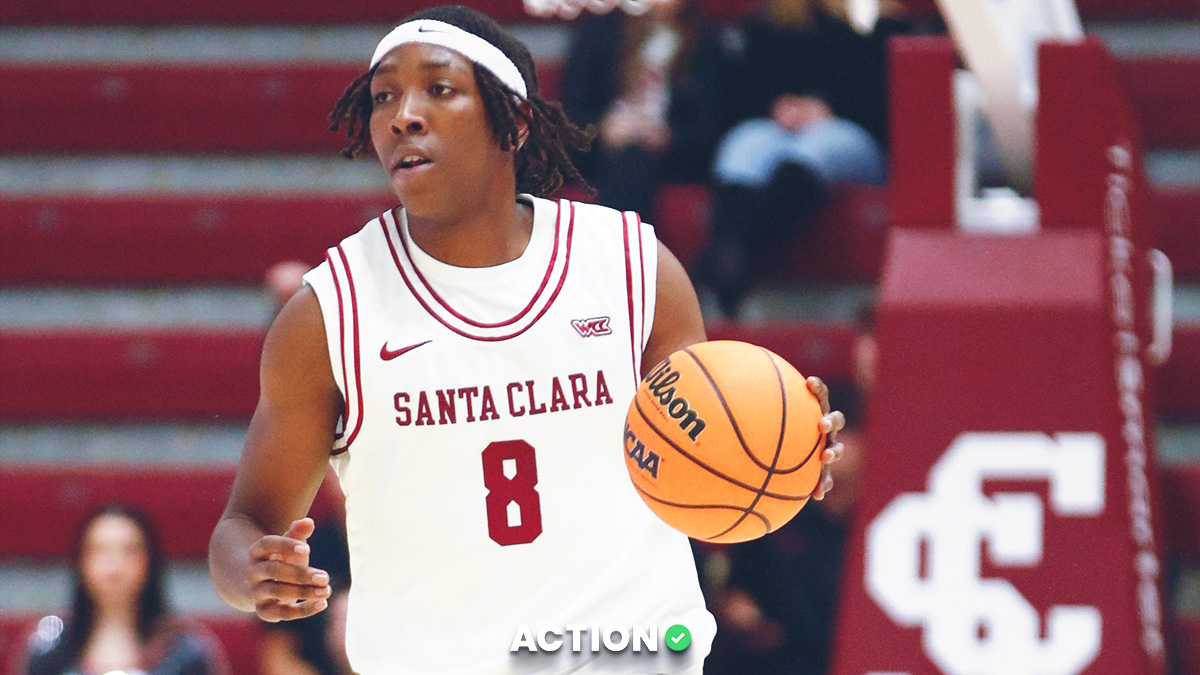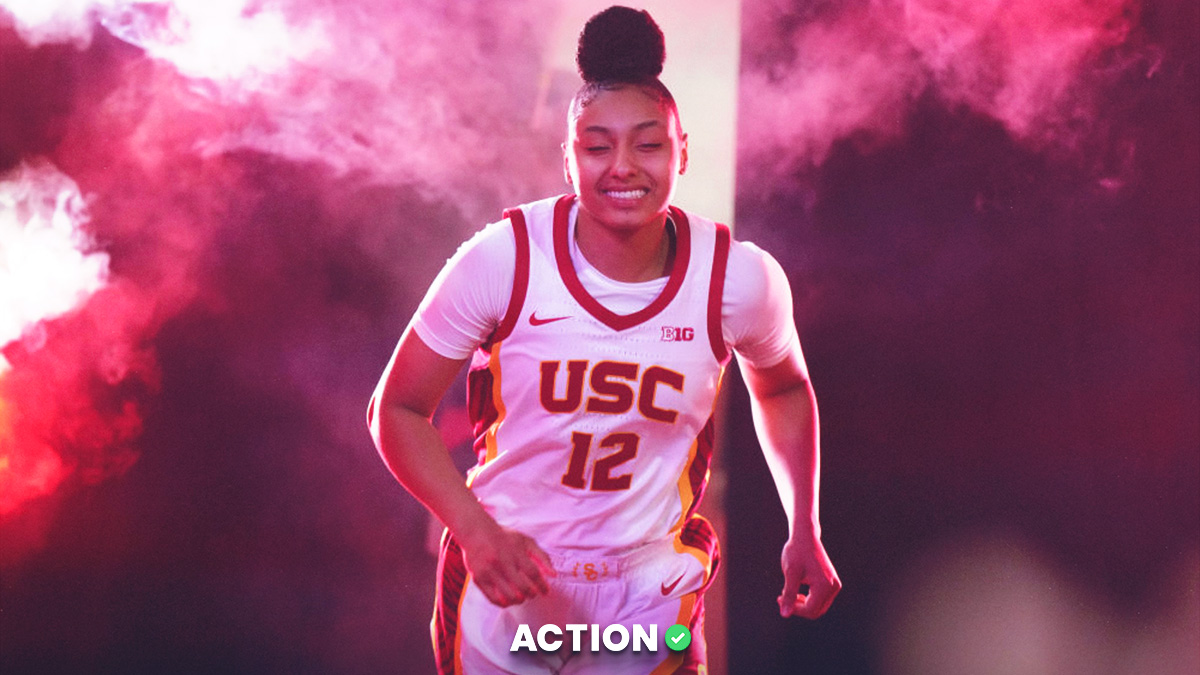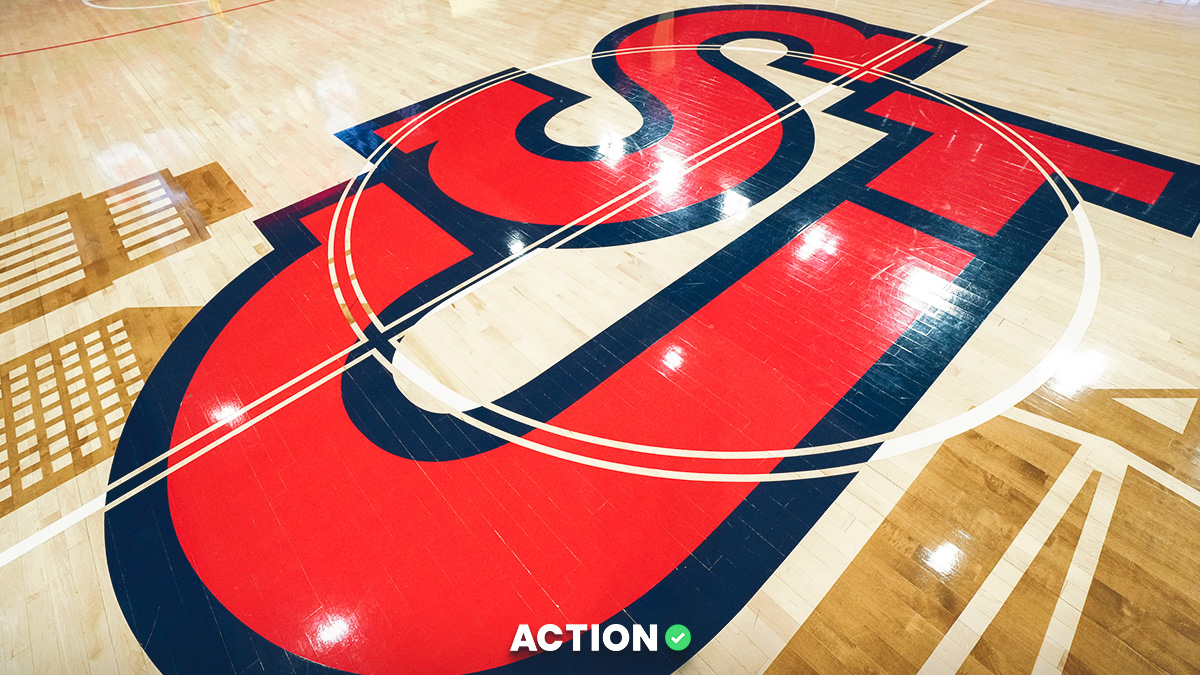According to the American Gaming Association there will be $8.5 billion bet on March Madness. If you are going to be one of the 47 million Americans wagering on the tournament, here are seed vs. seed trends to know for the Big Dance.
1-seed vs. 16-seed
UMBC’s upset of Virginia as a 20.5-point underdog in last year’s NCAA Tournament gives every 16-seed hope that it can pull off the impossible. It is March Madness, so anything can happen, but history still favors the 1-seeds. The top seeds in each region have gone 55-1 straight up (SU) since 2005.
One-seeds don’t lose SU often, but that doesn’t mean they are locks to cover the spread. Since 2005, 1-seeds are 29-26-1 against the spread (ATS) in the Round of 64 according to Bet Labs.
However, when the 1-seed sees the line move against it by at least one or more points, it has been profitable going 14-5-1 ATS. North Carolina, 1-seed in the Midwest, opened as a 24.5-point favorite against Iona and has been bet down to a 23.5-point favorite (Friday, 9:20 p.m. ET, TNT).
2-seed vs. 15-seed
Two-seeds have topped the 15-seed in 52 of 56 meetings since 2005. The four losses have come in the last seven years with the most recent upset in 2016 when Middle Tennessee State surprised Michigan State as a +1529 moneyline underdog.
Since 2005, 2-seeds are 25-28-3 ATS when playing 15-seeds. Last year, the 2-seeds went 3-1 ATS. That was only the second time these teams had a winning ATS record in the opening round in our database.
3-seed vs. 14-seed
The 3-seeds are 48-8 SU in the Bet Labs database vs. 14-seeds. In the past two tournaments the 3-seeds won each contest, but in the previous four Big Dances at least one 14-seed had upset a 3-seed in the first round.
LSU is the only 3-seed not to be favored by double-digits. The Tigers opened as 8-point favorites and have been bet down to -7 vs. Yale (Thursday, 12:40 p.m. ET, TRUTV). Since 2005, 3-seeds favored by fewer than 10 points against 14-seeds have gone 18-3 SU and 12-9 ATS.
4-seed vs. 13-seed
The 2018 NCAA tournament was rough for 4-seeds. Arizona and Wichita State lost outright while Gonzaga and Auburn squeaked out four-point victories. No 4-seed covered last March.
At least one 4-seed has lost outright in 10 of the past 14 tournament. Bettors wagering on 4-seeds are 28-27-1 ATS since 2005 and 7-12-1 ATS in the past five seasons.
Perhaps bettors remember the success of last year’s 13-seeds or they just don’t like the matchups, but three of the 4-seeds in this year’s tournament are receiving less than 50% of spread tickets.
The public is fading Kansas, Florida State and Kansas State. That could be a mistake. Since 2005, 4-seeds have gone 10-4 ATS when receiving less than 50.0% of bets.
5-seed vs. 12-seed
The 5/12 matchup is a favorite among bracket builders for upset potential. Since 2005, a 12-seed has topped a 5-seed in all but three tournaments (2007, 2015 and 2018 being the exceptions).
Twelve-seeds have exceeded the selection committee’s expectations and can even surprise bettors. Unpopular 12-seeds, those receiving the minority of spread tickets, have gone 15-7 ATS the past 10 seasons.
Currently, all the 12-seeds in the 2019 tourney are receiving at least 51% of spread bets. Be sure to check out our live odds page as the betting percentages will continue to fluctuate.
6-seed vs. 11-seed
At least one 11-seed has defeated a 6-seed every year in our database going back to 2005. Eleven-seeds have won at least two games in the Round of 64 in each of the past five tournaments.
Eleven-seeds from power conferences are 17-25-1 ATS since 2005. But teams from those conferences have performed better when they face another power conference program, going 10-6 ATS.
Iowa State, 6-seed in the Midwest, is a 5.5-point favorite vs. Ohio State (Friday, 9:50 p.m. ET, TBS).
7-seed vs. 10-seed
Seven-seeds are 36-20 SU in the first round and 30-9 SU when favored against 10-seeds. The higher-seeded team usually wins, but a 10-seed has advanced in every tournament but one (2007) since 2005.
The 7-seed has gone 32-23-1 (58.2%) ATS and favorites are 24-14-1 (63.2%) ATS since 2005. If the line stays the same for the favorite or gets better (-3 to -2), the 7-seed has gone 14-5-1 (73.7%) ATS.
All four 7-seeds are favored this season and the line has moved against Wofford and Cincinnati.
8-seed vs. 9-seed
The 8/9 matchup is often a toss-up. The 8-seed holds a 31-25 advantage SU since 2005, but the average margin of victory is JUST 0.04 points. With games that close it has been smart to bet the underdog.
Since 2005, the underdog in the 8/9 game has gone 32-21-3 (60.4%) ATS.



